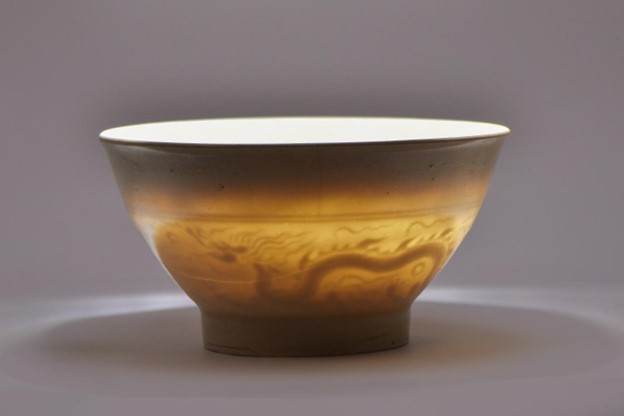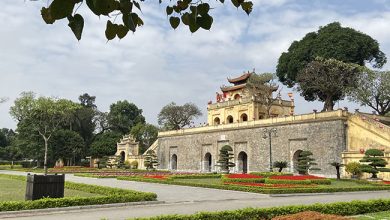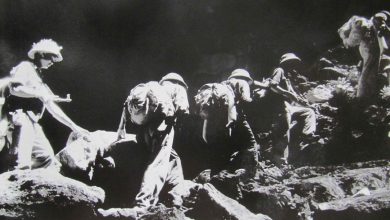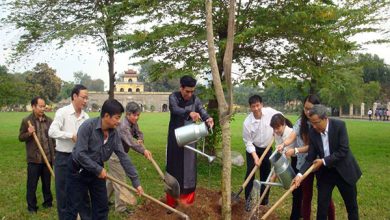Translucent porcelain bowls of the Imperial Palace of Thang Long
The archeology activities under the 18 Hoang Dieu relic site between 2002 and 2004 have discovered numerous porcelains and ceramics, including those exclusively dedicated to the king. These precious relics reflect the life of Thang Long Imperial Palace in terms of daily activities and important occasions, with the noble beauty of the royal palace.
The collection of precious ceramics of the early Le Dynasty is known for the first time as thin white enameled bowls and dishes, perfectly crafted and uniquely delicate. Among them are the two most intact translucent porcelain bowls that have become national treasures. The first one (Bowl A9-2714) has the registration code under the current management of Thang Long – Hanoi Heritage Conservation Center of 1.2002.1.2714 and the archaeological number BĐ02.A9.L5. Size: inner diameter 14.5cm, bottom diameter 6.5cm, average thickness 0.2-0.3cm. The bowl was discovered along with artifacts dating from the early Le dynasty of the XV – XVI centuries, among those filled in the ancient flow between zone A and zone B. The second one (Bowl A22-3071) has the management registration code of 1.2017.1.3071 and the archaeological number BĐ02.A22.L9. Size: inner diameter 12.5cm, height 6.5cm, bottom diameter 5.2cm, and weight 114g.
Although there is a slight difference in size, the structure, theme and decoration techniques of the two bowls are almost exactly the same.

The noble beauty of ceramics for the king
According to Assoc. Prof. Dr. Bui Minh Tri, Director of the Institute of Imperial Citadel Studies, the high class of these bowls lies in the dragon image, the symbol of the king’s power, and the word “Mandarin” which indicates that this is an important item exclusively for mandarins or the king.

The decorative pattern is embossed with a double dragon image shown in a hovering posture in the clouds, forming a circle on the side of the bowl, the movement direction is clockwise; in the middle of the bowl is embossed the letter 官 (Mandarin). The dragon is shown in a flying position, head raised high, mouth releasing pearls, the body bends in many parts, the tail stretches back like a rudder, the fins rasied high, the legs are in movements as if they were kicking the clouds. The dragon’s body bends in 4 parts, the first part is bent in the shape of a cloth bag, the second part is bent in the shape of a saddle, and the rest of the body bends gradually towards the tail. In particular, the dragon has a prominent mane and forehead, and the dragon’s legs have 5 sharp claws, representing the strength and the symbolic power of the king.
According to researchers, the type of the letter 官 (Mandarin) embossed on the inside of the bowl is a reliable proof that the A9-2714 and A22-3071 bowls are the products of the “mandarin kiln” which specialized in manufacturing royal utensils.
The patterns of dragons and the letter 官 have very sharp and delicate lines, showing the very high level of skill and aesthetics of the talented potters of the time.
Sophisticated and high-class manufacturing techniques





